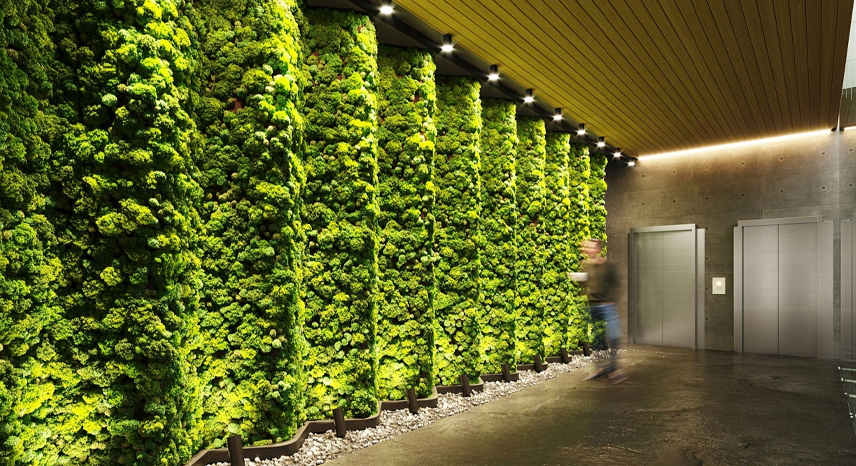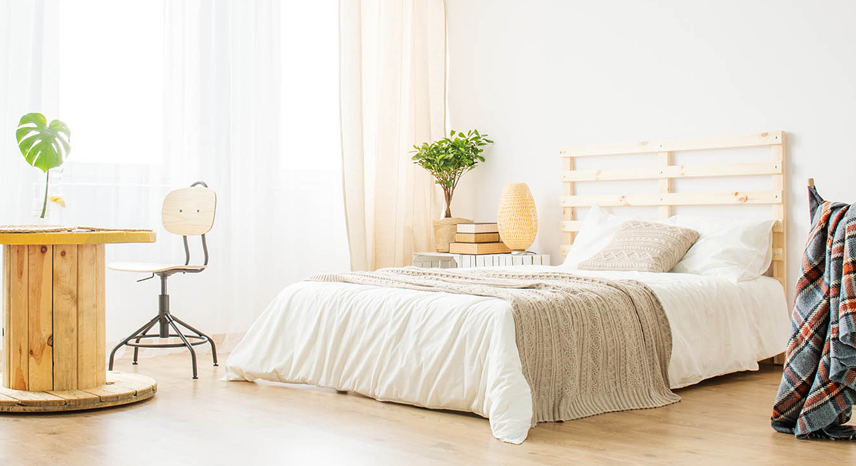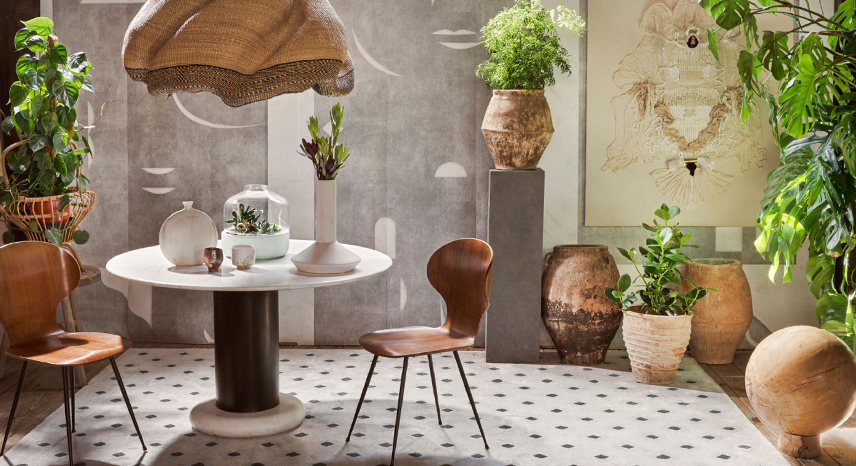Biophilic Design: Bringing Nature Indoors for Enhanced Well-Being

Introduction
Biophilic design taps into our deep-rooted connection with nature, transforming indoor environments into sanctuaries that nurture both mind and body. By seamlessly integrating natural elements into your home—such as abundant natural light, organic textures, and lush greenery—you create a space that not only delights the senses but also promotes overall health and well-being. Whether you're looking to reduce stress, boost creativity, or simply enjoy a more harmonious living space, biophilic design offers a holistic approach to elevating your home's ambiance.
The Principles of Biophilic Design
Connection to Nature
At its core, biophilic design is about bridging the gap between indoor and outdoor environments. Incorporating natural elements like plants, water features, and organic materials into your decor helps reduce stress and enhances mental clarity. This connection reminds us of the restorative power of nature and can significantly improve our emotional and physical well-being.
Natural Materials and Abundant Light
Using natural materials—such as wood, stone, and bamboo—brings an authentic, tactile quality to your home. These materials not only provide warmth and texture but also create an inviting atmosphere. Coupled with abundant natural light from large windows or skylights, these elements work together to foster a calming, rejuvenating environment that supports a healthy lifestyle.
Organic Shapes and Forms
Unlike the rigid, linear designs often found in modern decor, biophilic design embraces curves, irregular shapes, and asymmetry. These organic forms mimic nature’s inherent randomness and beauty, creating a dynamic and visually engaging space. Whether it’s through free-form furniture, flowing textiles, or naturally inspired artwork, organic shapes contribute to a more relaxed and harmonious interior.
Practical Strategies for Biophilic Interiors
Creating Indoor Gardens and Living Walls
One of the most effective ways to bring nature indoors is to create dedicated green spaces. Consider designing an indoor garden or installing a living wall to serve as a striking focal point. These features not only improve air quality but also add a vibrant splash of color and life to your decor.
Maximizing Natural Light
Natural light is a vital component of biophilic design. Arrange furniture to face windows and use light, sheer curtains to allow maximum daylight to flood the room. Mirrors and reflective surfaces can amplify this effect by bouncing light around the space, creating a bright and airy atmosphere that energizes the home.
Incorporating Natural Textures
Integrate a variety of natural textures throughout your home to add depth and tactile interest. Use organic materials like jute, sisal, and cotton in rugs, cushions, and upholstery. Complement these with raw, untreated wood accents and stone finishes to create a balanced, earthy aesthetic that feels both modern and grounded.
Bringing Nature Indoors
Plants are the hallmark of biophilic design. Choose low-maintenance indoor plants like snake plants, pothos, or peace lilies, which not only enhance the visual appeal of your space but also purify the air. Consider using unique planters or creating a small herb garden on your kitchen windowsill to further connect with nature.
Real-Life Inspiration
Imagine a home where every room exudes the tranquility of the outdoors. In the living room, floor-to-ceiling windows allow natural light to cascade in, illuminating a collection of potted plants and a feature wall adorned with natural stone. A reclaimed wood coffee table, paired with organic cotton sofas and textured jute rugs, creates a warm, inviting space that feels both modern and timeless. In the bedroom, soft linen drapes and a minimalist design foster a peaceful retreat, while a small indoor garden in the corner adds a touch of nature that relaxes and revitalizes.
Final Thoughts
Embracing biophilic design is about more than just incorporating plants—it’s about creating a living environment that is deeply connected to nature. By integrating natural materials, maximizing daylight, and using organic shapes, you can transform your home into a sanctuary that enhances well-being, reduces stress, and promotes a healthier lifestyle. Whether in an urban apartment or a sprawling house, biophilic design offers a sustainable, beautiful approach to modern living that nurtures both the body and the soul.
post

Lifestyle ≠ 30 October
Fashion and Wellness: How What You Wear Can Affect Your Health

Lifestyle ≠ 30 October
Future of Fashion: Exploring the Role of AI and Virtual Reality in Style

Lifestyle ≠ 30 October
The Intersection of Fashion and Music: Style Influences from Iconic Artists

Lifestyle ≠ 30 October

Lifestyle ≠ 30 October
Previous Post
Home & Decor October 30
The Art of Upcycling: Transforming Everyday Items into Chic Decor
Next Post
Home & Decor October 30
Sustainable Decor: Eco-Friendly Materials and Practices for a Green Home

